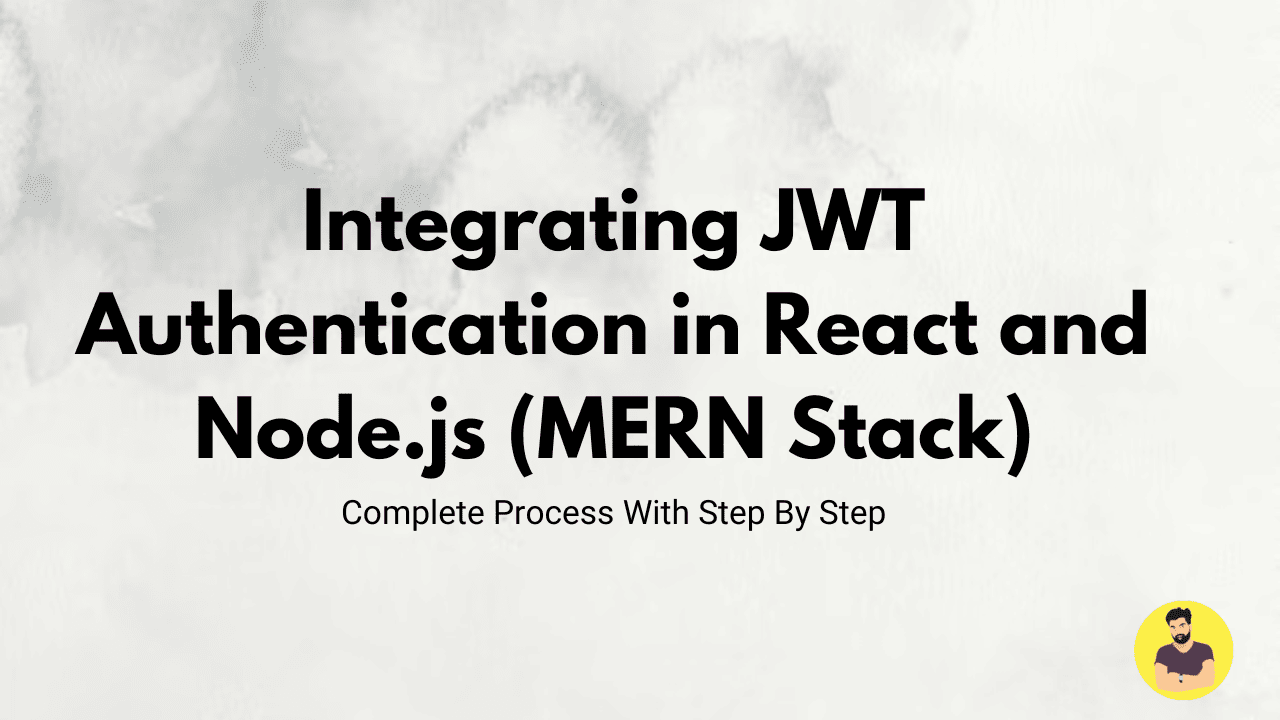
Integrating JWT Authentication in React and Node.js (MERN Stack)
In modern web applications, user authentication is a critical feature. One of the most secure ways to implement authentication is by using JSON Web Tokens (JWT). JWT allows for secure communication between a client and server, ensuring that only authorized users can access protected resources.
In this tutorial, we'll walk through the process of integrating JWT authentication in a MERN stack application. We'll use Node.js and Express for the backend and React for the frontend. This guide will cover the complete setup, from creating a JWT authentication system in Node.js to connecting it with a React application.
By the end of this tutorial, you'll have a secure authentication system in place that uses JWT for token-based authentication.
1. Setting Up the Backend with Node.js, Express, and JWT
What is JWT?
JWT (JSON Web Token) is an open standard for securely transmitting information between parties as a JSON object. It is commonly used for authentication and information exchange in web applications.
Steps to Set Up the Backend:
-
Create a New Node.js Project: If you don't already have a Node.js project, initialize a new one
mkdir jwt-auth-backend
cd jwt-auth-backend
npm init -y
Install Required Packages: Install the necessary packages: express, jsonwebtoken, and bcryptjs (for hashing passwords):
npm install express jsonwebtoken bcryptjs dotenv
Create the Basic Server: Set up a basic Express server in a file called server.js:
Related Tutorials
How to Build a Full-Stack MERN App: A Step-by-Step GuideBuilding a REST API with Node.js and Express for a React App
Integrating JWT Authentication in React and Node.js (MERN Stack)
Real-time Chat App with React, Node.js, and Socket.io
How to Deploy a MERN Stack Application on AWS or Vercel
Connecting React Frontend to a Node.js Backend with Axios
10 Must-Try Tasks to Master JavaScript Fundamentals